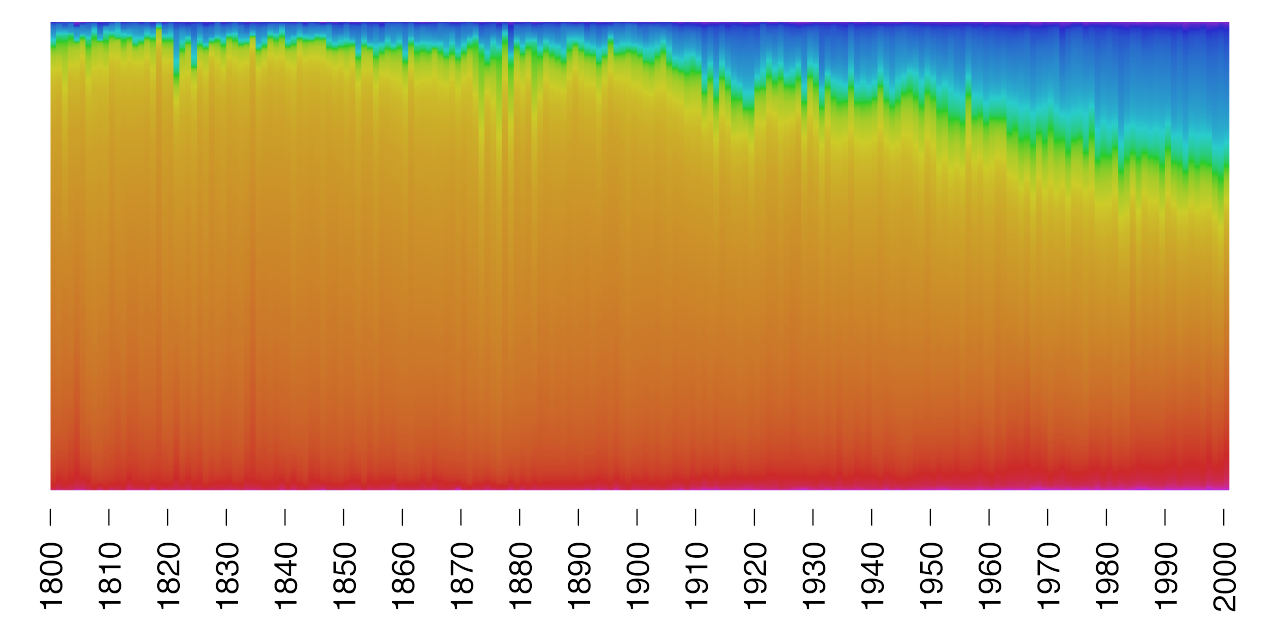The Blog has been less active than usual because I'm on the road these days. I was at the AAG Conference in Chicago last week and I'm in Berkeley this week*. The level of activity will remain lower than usual next week, when I'll be in Greece for a workshop on Transportation Equity.
* By the way, this is the view from 'my office' today at Berkeley library.
* By the way, this is the view from 'my office' today at Berkeley library.
[Rafael Pereira, me]





